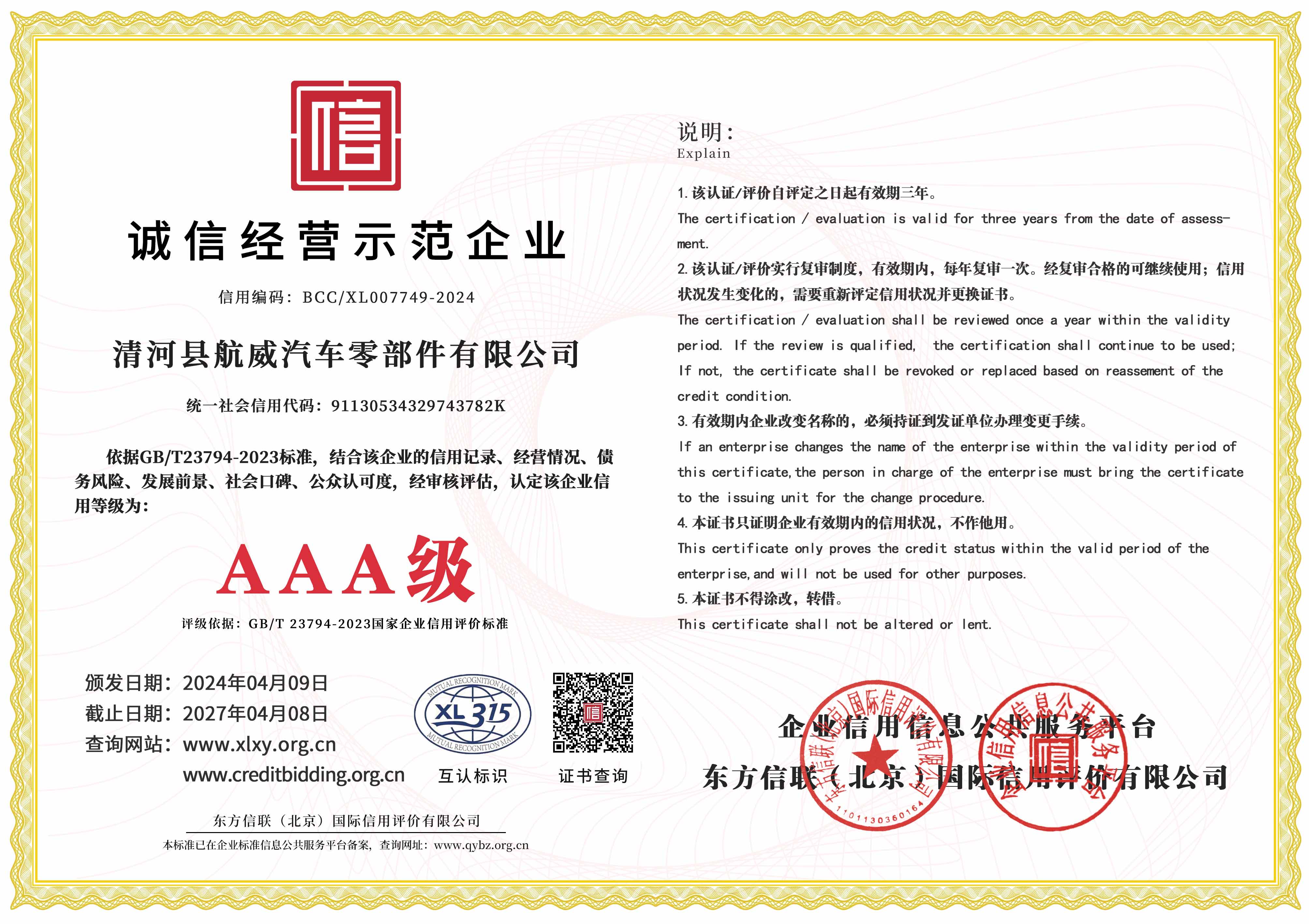clutch fluid line
Understanding Clutch Fluid Lines and Their Importance in Vehicle Performance
The clutch is a critical component of any manual transmission vehicle, allowing drivers to engage and disengage the engine’s power from the wheels smoothly. A vital part of this system is the clutch fluid line, which plays a crucial role in the operation and efficiency of the clutch mechanism. Understanding the function, maintenance, and potential issues related to clutch fluid lines can enhance the performance of your vehicle and prolong its lifespan.
What is a Clutch Fluid Line?
The clutch fluid line, often referred to as the hydraulic line, connects various components of the clutch system, including the master cylinder, slave cylinder, and the clutch pedal. It is responsible for transmitting hydraulic pressure generated by the driver’s action on the clutch pedal to the slave cylinder, which in turn disengages the clutch for smoother gear changes. Typically made from durable materials like stainless steel or reinforced rubber, these lines must withstand high pressures and temperature fluctuations.
How Do Clutch Fluid Lines Work?
When a driver presses the clutch pedal, the master cylinder compresses the hydraulic fluid within the clutch fluid line. This action creates hydraulic pressure that travels through the line to the slave cylinder. As the pressure increases, the slave cylinder pushes the release fork, which disengages the clutch from the engine, allowing the driver to change gears without grinding.
The effectiveness of this entire process relies heavily on the integrity and condition of the clutch fluid line. Any leaks or blockages can lead to a loss of hydraulic pressure, resulting in difficulties in engaging or disengaging the clutch, ultimately affecting the vehicle’s performance.
Maintenance of Clutch Fluid Lines
Proper maintenance of clutch fluid lines is essential for ensuring their longevity and optimal performance. One of the primary maintenance tasks is to regularly check the hydraulic fluid level in the master cylinder. Low fluid levels can indicate leaks in the system, which should be addressed immediately to prevent further damage.
clutch fluid line

Additionally, inspecting the fluid itself is crucial. Hydraulic fluid should be clear and free of debris. If the fluid appears dark or contaminated, it might be time for a fluid change. Over time, moisture can enter the system, leading to rust and corrosion within the clutch components.
Another aspect of maintenance involves examining the clutch fluid lines for signs of wear or damage. Cracks, bulges, or leaks are indicators that the lines may need to be replaced. It is advisable to have a qualified technician perform these inspections regularly, especially in older vehicles or those subjected to harsh driving conditions.
Common Issues Related to Clutch Fluid Lines
Several issues can arise with clutch fluid lines that may affect vehicle performance. Leaks are the most common, often resulting from aging lines or poor connections. A leak can lead to a soft or unresponsive clutch pedal, making gear changes difficult or impossible.
Air in the hydraulic system is another issue that can compromise clutch performance. Air bubbles can form when the hydraulic fluid is low, leading to a spongy feel in the clutch pedal. Bleeding the clutch system to remove trapped air is essential in such cases.
Lastly, frozen or blocked lines can occur in extreme conditions, preventing fluid from flowing freely. This can often be resolved by thawing or replacing the affected lines.
Conclusion
In conclusion, the clutch fluid line is an integral part of the clutch system in manual vehicles, and understanding its function, maintenance needs, and potential issues is key to ensuring a smooth driving experience. Regular maintenance, including checking fluid levels, inspecting for wear, and replacing damaged lines, will help drivers avoid common clutch-related problems, enhancing both the performance and reliability of their vehicles. By paying attention to this often-overlooked component, drivers can ensure their vehicles operate effectively and efficiently for years to come.
-
Upgrade Your Vehicle with High-Quality Handbrake CablesNewsNov.01,2024
-
Optimize Your Bike's Performance with Quality CablesNewsNov.01,2024
-
Enhance Your Vehicle's Performance with Quality Clutch ComponentsNewsNov.01,2024
-
Elevate Your Vehicle's Performance with Quality Throttle CablesNewsNov.01,2024
-
Elevate Your Vehicle's Performance with Quality CablesNewsNov.01,2024
-
Affordable Solutions for Your Cable NeedsNewsNov.01,2024
